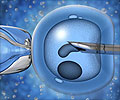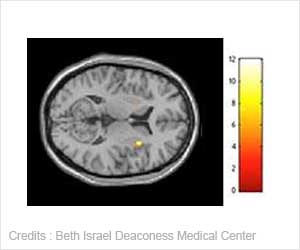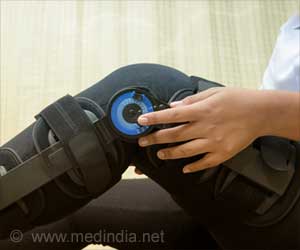Scientists have developed an important tool to prevent twin birth due to in vitro fertilisation (IVF).
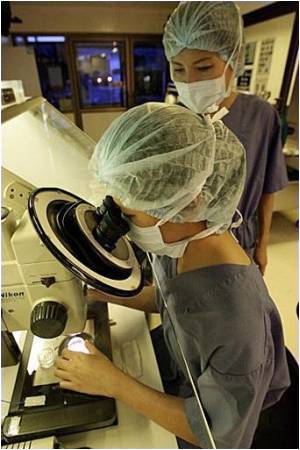
Deciding how many embryos should be transferred after IVF is a complex problem.
The transfer of only one embryo will prevent a multiple pregnancy and the risk of complications for mother and baby, but could require more cycles to achieve pregnancy.
A team of researchers in the Netherlands set out to evaluate the effects of a multifaceted patient empowerment strategy aimed at helping couples decide how many embryos should be transferred after IVF.
The study involved 308 couples on the waiting list for a first IVF cycle at five clinics in the Netherlands.
Couples were randomly selected to receive either the intervention strategy or standard IVF care.
The results show that, after the first IVF cycle, 43 percent of couples in the intervention group chose single embryo transfer compared with 32 percent in the control group.
Neither of these findings were statistically significant, which means that the results could be simply down to chance.
And there were no differences between the couples' levels of anxiety or depression compared with those receiving standard care.
However, couples receiving the strategy had significantly higher empowerment and knowledge levels.
"This study illustrates that a multifaceted empowerment strategy can effectively encourage the use of single embryo transfer in clinical IVF practice. The strategy increases patient knowledge and has no substantial effect on levels of anxiety or depression. The strategy reduces costs as well, and could therefore be an important tool to reduce the twin rate after in vitro fertilisation, within a setting with patient autonomy," said the authors.
Source-ANI
 MEDINDIA
MEDINDIA
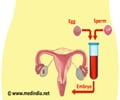
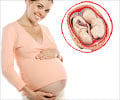


 Email
Email
